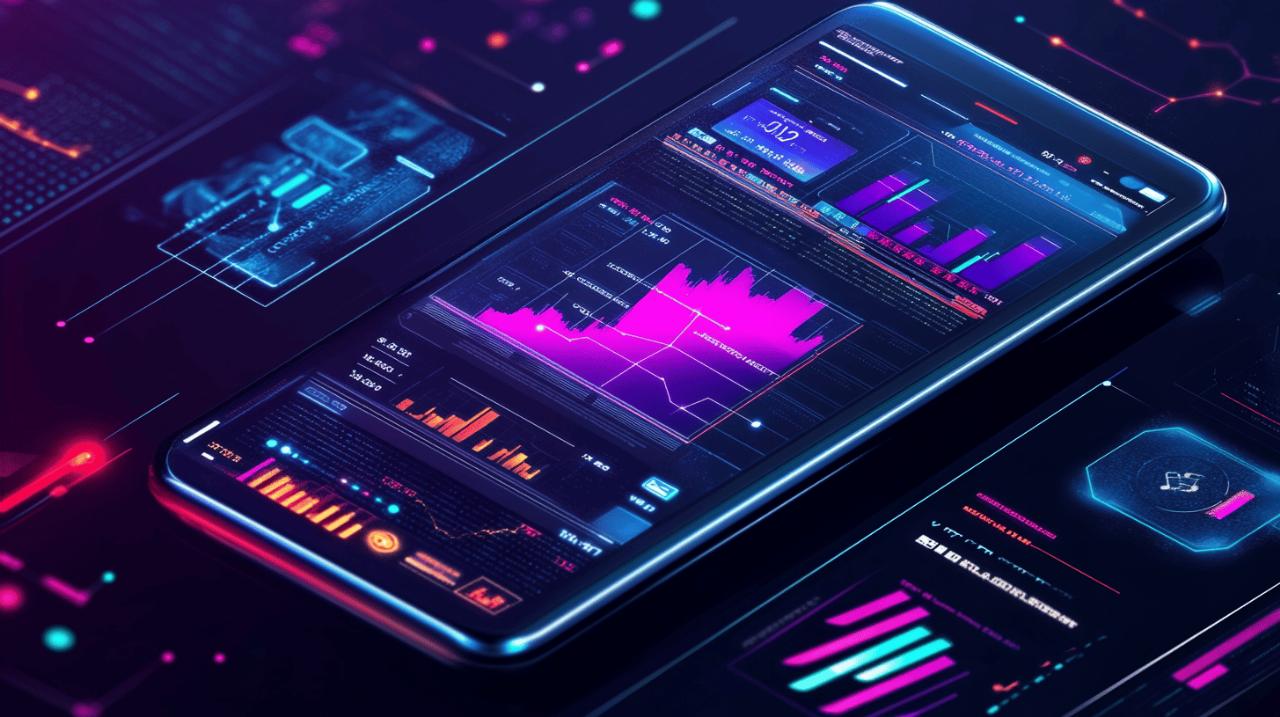The finance industry has undergone significant digital transformation over the past few decades, with banking applications evolving from simple information portals to sophisticated financial management tools. This evolution reflects broader technological advances and changing consumer expectations, creating a banking landscape that would be unrecognizable to customers from just twenty years ago. The journey of these digital tools illustrates how financial institutions have adapted to remain competitive in an increasingly tech-driven world.
The early days of digital banking
The concept of digital banking began long before smartphones became ubiquitous. Early innovations focused primarily on extending basic ATM functionalities to home computers, offering customers unprecedented convenience. The Bancaja Ticket system, an early digital banking solution, represented one of the initial attempts to bring banking services beyond physical branches, allowing customers to print transaction receipts and manage basic account information remotely. These preliminary systems were revolutionary for their time, despite offering only a fraction of the capabilities we take for granted today.
From basic atm functions to first mobile banking platforms
The first generation of mobile banking apps emerged as simple extensions of online banking portals, with limited functionality focused primarily on checking balances and viewing recent transactions. These early platforms were constrained by the technology available at the time, with slow connection speeds and basic mobile phone capabilities restricting what developers could achieve. The interfaces were often clunky and unintuitive, reflecting the technical limitations of early mobile devices. Despite these constraints, adoption began to grow, with customers appreciating the convenience of banking on the go.
Key technological limitations in initial banking applications
Early banking applications faced numerous hurdles that restricted their capabilities. Screen sizes were small, processing power was limited, and security protocols were still developing. The integration with legacy banking systems presented significant technical challenges, requiring complex workarounds and compromises. Banking institutions had to maintain separate systems for different channels, leading to inconsistencies in customer experience. Additionally, connectivity issues and battery limitations on mobile devices meant that applications needed to be lightweight and capable of functioning with intermittent connections. These technological constraints shaped the development approach, forcing developers to prioritize core functionalities over user experience or advanced features.
Modern banking applications and their capabilities
 Today's banking applications bear little resemblance to their predecessors, offering comprehensive financial management platforms that extend far beyond basic account information. Modern apps provide real-time payments, investment advice, expense tracking, and personalized financial insights. The adoption rates reflect this evolution, with over three-quarters of Americans now regularly using mobile banking applications. This widespread acceptance has encouraged financial institutions to invest heavily in their digital offerings, creating increasingly sophisticated platforms that aim to address every aspect of personal finance.
Today's banking applications bear little resemblance to their predecessors, offering comprehensive financial management platforms that extend far beyond basic account information. Modern apps provide real-time payments, investment advice, expense tracking, and personalized financial insights. The adoption rates reflect this evolution, with over three-quarters of Americans now regularly using mobile banking applications. This widespread acceptance has encouraged financial institutions to invest heavily in their digital offerings, creating increasingly sophisticated platforms that aim to address every aspect of personal finance.
The Integration of Advanced Security Features and Biometrics
Security has evolved from simple passwords to multi-layered protection systems incorporating biometric authentication, encryption, and real-time fraud detection. Modern banking applications leverage fingerprint scanning, facial recognition, and voice authentication to ensure only authorized users can access sensitive financial information. These advancements have helped address customer concerns about digital banking security, which was a significant barrier to adoption in earlier years. Beyond biometrics, sophisticated encryption protocols ensure that data remains protected during transmission, while tokenization helps secure transaction information. Financial institutions continue to invest in security measures that balance protection with user convenience, recognizing that cumbersome security processes can discourage application usage.
How ai and machine learning have transformed user experience
Artificial intelligence and machine learning have revolutionized how banking applications interact with users, creating highly personalized experiences that adapt to individual financial behaviors. Modern apps can analyze spending patterns, predict future expenses, and offer tailored financial advice based on specific user circumstances. AI-driven chatbots provide immediate customer support, handling routine inquiries and transactions without human intervention. Machine learning algorithms help detect unusual account activity, flagging potential fraud before significant damage occurs. These technologies enable banking applications to serve as proactive financial advisors rather than passive information portals, suggesting savings opportunities, identifying potentially better financial products, and helping users achieve their financial goals. The integration of these advanced technologies represents a fundamental shift in how financial institutions approach customer relationships, moving from transaction-focused interactions to holistic financial partnerships.

